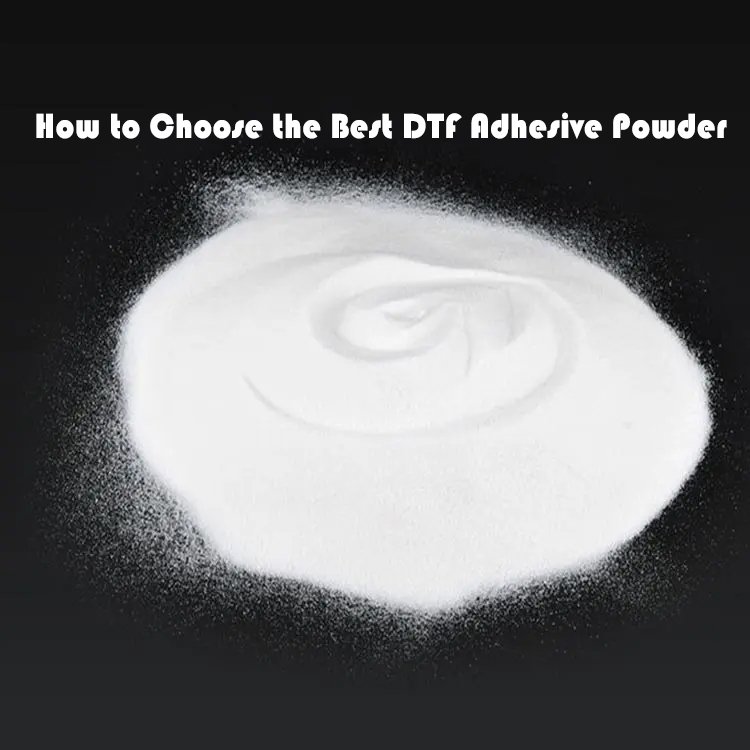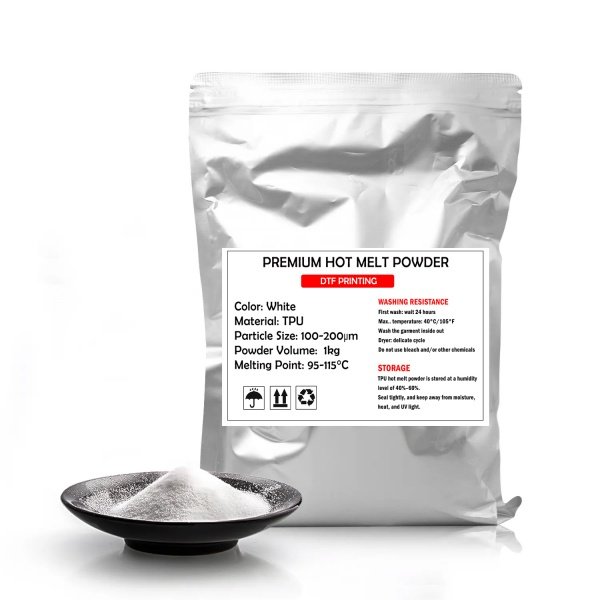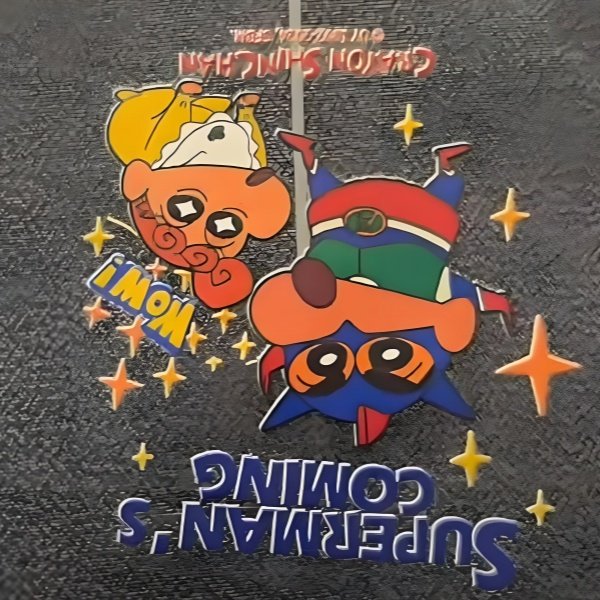1. What is UV DTF Film?
1.1 Definition and Core Technology
UV DTF (Ultraviolet Direct-to-Film) is an advanced printing method combining digital inkjet technology with ultraviolet (UV) light curing. Unlike traditional DTF, which uses heat-activated adhesives, UV DTF employs:
- UV-Curable Inks: Acrylate-based inks that solidify instantly under UV light.
- Multi-Layer Film Structure:
- Release Layer: Silicone-coated PET film (100–150μm thickness).
- Ink-Receptive Layer: Optimized for UV ink adhesion.
- Adhesive Backing: Pressure-sensitive or heat-activated (optional).
Key Innovation: UV curing eliminates powder application and drying ovens, streamlining production by 30–40% (2024 FESPA Global Print Report).
1.2 Step-by-Step UV DTF Printing Process
- Design Preparation:
- Vector artwork (300–600 dpi) with bleed edges.
- Printing:
- UV inkjet printers (e.g., Roland VersaUV LEC2) apply CMYK + white inks.
- Curing:
- UV LED lamps (365–395nm wavelength) instantly solidify inks.
- Transfer:
- Cold peel for rigid materials (e.g., metal, glass).
Technical Specs:
- Print resolution: Up to 1,200 dpi.
- Curing speed: 15–30 cm²/s.
1.3 Applications of UV DTF Film
| Industry | Use Cases | Advantages |
| Signage | Outdoor banners, vehicle wraps | UV-resistant, 5+ year outdoor durability |
| Fashion | Custom sneakers, metallic apparel | No cracking on stretch fabrics |
| Electronics | Decorative smartphone cases | Scratch-resistant finish (3H pencil hardness) |
2. Are DTF and UV DTF the Same? 5 Critical Differences
2.1 Material Composition
| Factor | Traditional DTF | UV DTF |
| Ink Type | Pigment-based (water/oil) | UV ink and varnish |
| Adhesive | Hot melt powder | B film with Pressure-sensitive/heat-activated layer |
| Film Thickness | 75–100μm | 100–150μm |
2.2 Production Workflow
- Traditional DTF: Printing → Powder application → Drying oven → Heat press.
- UV DTF: Printing → UV curing → Immediate transfer.
Efficiency Gain: UV DTF reduces steps by 50%, cutting labor costs by $0.15/print (2024 SGIA Productivity Analysis).
2.3 Durability Comparison
| Test | Traditional DTF | UV DTF |
| Wash Resistance | 50 cycles | 30 cycles (textiles)* |
| UV Fading | 6–12 months outdoors | 3–5 years outdoors |
| Abrasion Resistance | 10,000 Martindale rubs | 20,000+ Martindale rubs |
*UV DTF excels on non-textile substrates; textile performance depends on adhesive type.
2.4 Cost Analysis
| Factor | Traditional DTF | UV DTF |
| Ink Cost | $0.08/ml | $0.12/ml |
| Energy Use | 1.2 kWh/㎡ | 0.8 kWh/㎡ |
| Labor Cost | $0.20/print | $0.10/print |
Break-Even Point: UV DTF becomes cost-effective at 500+ prints/month due to labor savings.
2.5 Environmental Impact
- VOC Emissions:
- Traditional DTF: 120g/㎡ (powder drying).
- UV DTF: 15g/㎡ (low-VOC inks).
- Waste Reduction: UV DTF eliminates powder overspray (up to 20% waste in traditional DTF).
3. How Long Does UV DTF Last? Factors Influencing Longevity
3.1 Durability by Substrate
| Material | Avg. Lifespan | Maintenance Tips |
| Cremics/wood | 2–3 years | Wash inside-out, cold water, no bleach |
| Metal/Glass | 5–7 years | Clean with isopropyl alcohol, avoid abrasives |
| PVC/Acrylic | 4–6 years | Use UV-protective laminate |
3.2 Environmental Factors
- UV Exposure: UV DTF resists fading for 3–5 years outdoors (vs. 6–12 months for traditional DTF).
- Temperature: Withstands -30°C to 80°C (critical for automotive applications).
- Humidity: Avoid >85% RH to prevent adhesive degradation.
3.3 Lab-Tested Performance Data
- Abrasion Resistance: 20,000+ cycles (ISO 5470-1) with <5% ink loss.
- Chemical Resistance: Survives 24-hour exposure to gasoline, ethanol, and mild acids.
- Wash Tests: 30 industrial washes (ISO 6330) without cracking (textile-specific adhesives).
4. Pro Tips to Maximize UV DTF Lifespan
4.1 Pre-Transfer Best Practices
- Surface Preparation:
- Textiles: Pre-press at 100°C for 5s to remove moisture.
- Rigid materials: Clean with 70% isopropyl alcohol.
- Adhesive Selection:
- Pressure-sensitive: Ideal for smooth surfaces (glass, metal).
- Heat-activated: Better for textiles and porous substrates.
4.2 Post-Transfer Maintenance
- Textiles:
- Wash at ≤40°C, gentle cycle.
- Air-dry; avoid tumble drying.
- Signage:
- Apply UV-resistant laminate (e.g., 3M Scotchcal).
- Clean monthly with non-abrasive cleaners.
4.3 Troubleshooting Premature Failure
| Issue | Cause | Solution |
| Edge Peeling | Poor surface prep | Re-clean and reapply with primer |
| Color Fading | UV exposure without laminate | Retrofit with protective coating |
| Cracking | Extreme temperatures | Use flexible UV inks (30% elongation) |
5. Future Trends in UV DTF Technology
- Hybrid Adhesives: Combine pressure-sensitive and heat-activated properties for multi-substrate compatibility.
- Nano-Cured Inks: Sub-1-second curing for speeds up to 50㎡/hour (prototype stage).
- AI Quality Control: Cameras detect adhesion defects in real-time during transfer.


